4 Famous Americans Who Applied for a U.S. Passport 100 Years Ago
- By Naama Lanski & Daniella Levy ·
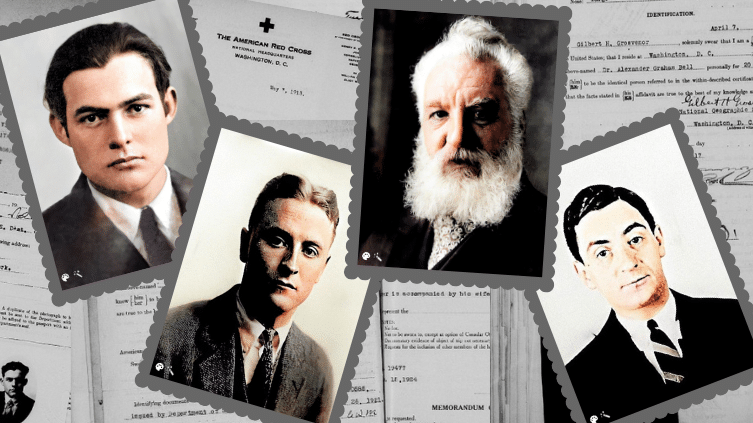

If applying for a passport or renewing one has been a struggle this year ahead of your summer travel plans — you are not alone! Government agencies all over the world are still digging themselves out of the post-pandemic passport application chaos.
Did you know that 100 years ago, passports weren’t mandatory for all U.S. travelers? American citizens were not required to have a passport to exit the country until after World War II, except for brief periods during the Civil War and World War I. The Department of State began issuing passports in 1789, but only gained sole authority to do so in 1856. While the earlier passport applications required relatively little information — name, birth date, residence, and destination — later applications included much more information, such as the person’s occupation, ship name, an oath of allegiance, prior destinations, age, and even very detailed physical descriptions. Like today, these later passport applications also included a photo of the applicant.
As such, the United States Passport Applications, 1795–1925 collection on MyHeritage is an absolute treasure trove of fascinating information about people living during this period. Since it was rare for a single passport to cover multiple trips abroad, many wealthy and influential U.S. citizens appear multiple times in this collection, because they applied for a new passport every time they traveled.
Our Research team unearthed records of 4 extremely influential U.S. citizens in this collection, and we used our incredible photo features to bring their photos to life!
Ernest Hemingway
Ernest Hemingway, born on July 21, 1899, in Oak Park, Illinois, was an influential American novelist and short story writer known for his sparse and direct style of prose. Before establishing his writing career, Hemingway served in World War I as an ambulance driver for the Red Cross, documented in his first application for a passport (1918). His experience during WWI heavily influenced his literary work, including A Farewell to Arms (1929).

Detail from Ernest Hemingway’s 1918 application for a U.S. passport, including mention of his work as an ambulance driver
He applied for a passport renewal in December 1923 before leaving for Paris with his first wife, Hadley, and their newly-born son, John. The application describes him as 6 feet tall, with a medium forehead, brown eyes, a straight nose, a “regular” mouth, a pointed chin, dark brown hair, a fair complexion, and an oval-shaped face.
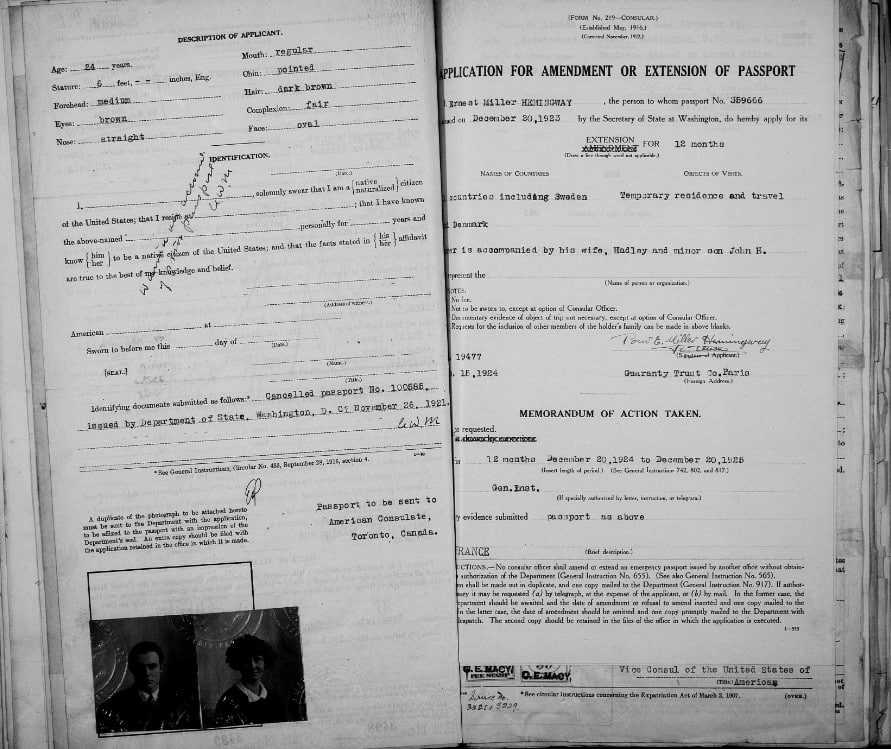
Ernest Hemingway’s passport application from 1923, including a photo of him and his first wife, Hadley
In Paris, Hemingway was part of the expatriate community, documented in his semi-autobiographical novel The Sun Also Rises (1926).
Hemingway’s adventures as a hunter, fisherman, and bullfight enthusiast influenced much of his writing, particularly his renowned novella The Old Man and the Sea (1952) for which he won the Pulitzer Prize in 1953. This contribution, along with his overall impact on contemporary literature, led to his being awarded the Nobel Prize in Literature in 1954. Plagued by physical and mental health problems, Hemingway ended his own life on July 2, 1961, in Ketchum, Idaho.

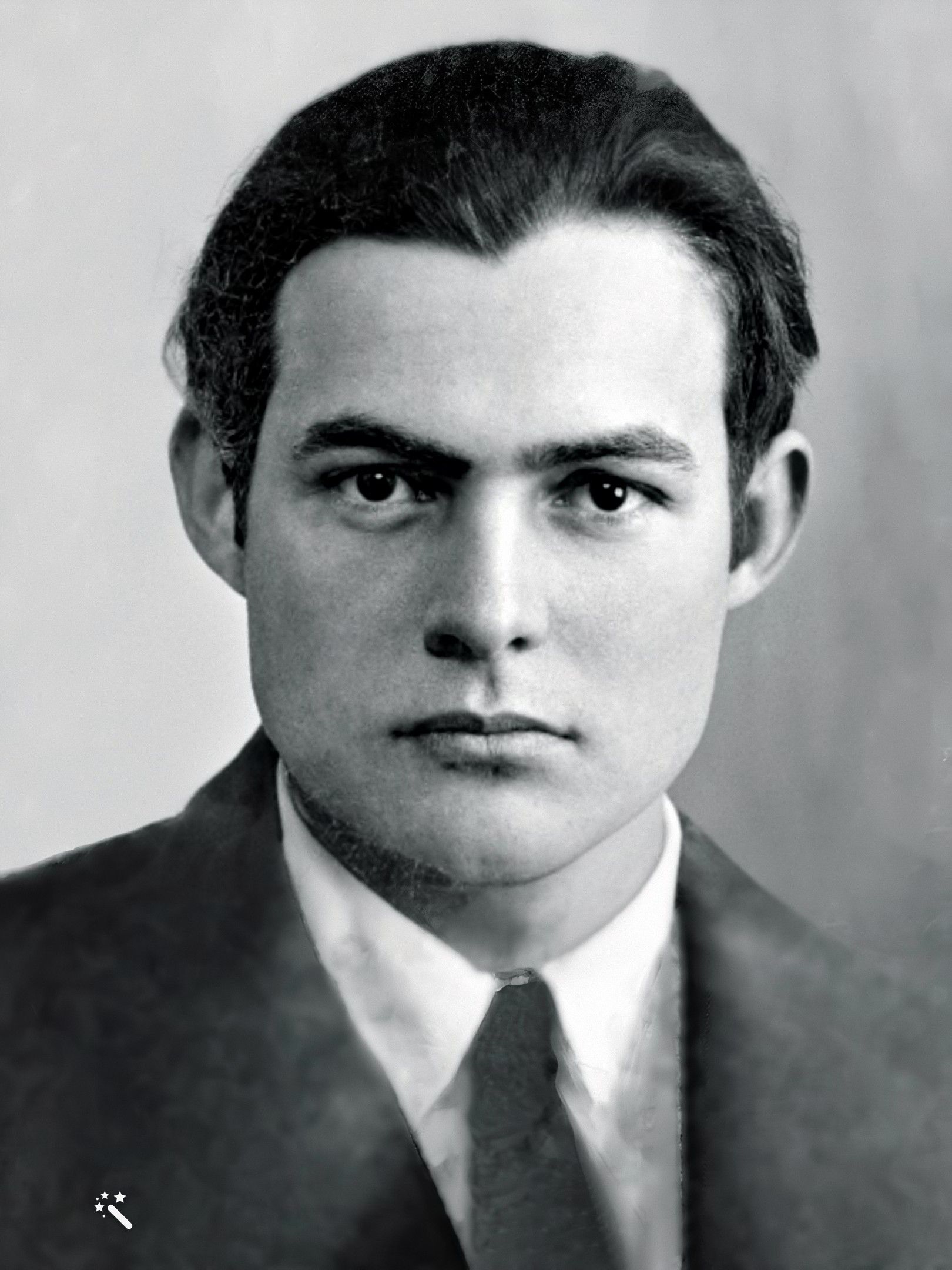
F. Scott Fitzgerald
Francis Scott Fitzgerald (1896–1940) was an American novelist and short story writer, widely regarded as one of the greatest literary figures of the 20th century and an iconic figure of American literature. Born in Saint Paul, Minnesota, Fitzgerald rose to fame with his debut novel, This Side of Paradise (1920), which embodied the spirit of the Jazz Age. His most celebrated work, The Great Gatsby (1925), is an incisive critique of the American Dream, presenting a haunting portrait of the roaring twenties.
In 1921 Fitzgerald applied for a passport with his wife Zelda Sayre, who was then pregnant with their only daughter, Frances Scott “Scottie” Fitzgerald (born October 1921). The couple lived at 38 West 59th St., New York City, and were planning to visit the British Isles, France, Spain and Italy. His application describes him as standing at 5’8 1/2″, with a high forehead, green eyes, a long nose, a medium mouth, a “round” chin (with the word “prominent” scratched out), blonde hair, fair complexion, an oblong face, and a scar in the middle of his forehead.
Despite his literary success, Fitzgerald battled personal troubles, including a tumultuous marriage to Zelda Sayre and problems with alcoholism, which significantly impacted his writing and health. He died of a heart attack in 1940, at the age of 44, leaving behind a legacy that continues to resonate in contemporary literary discourse.
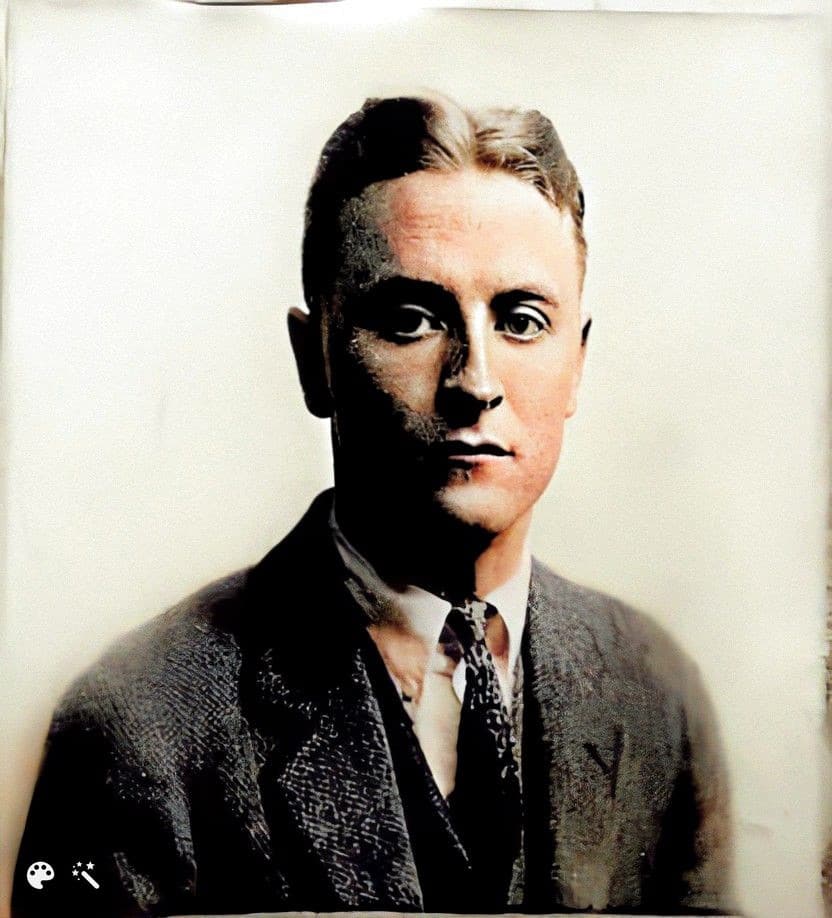
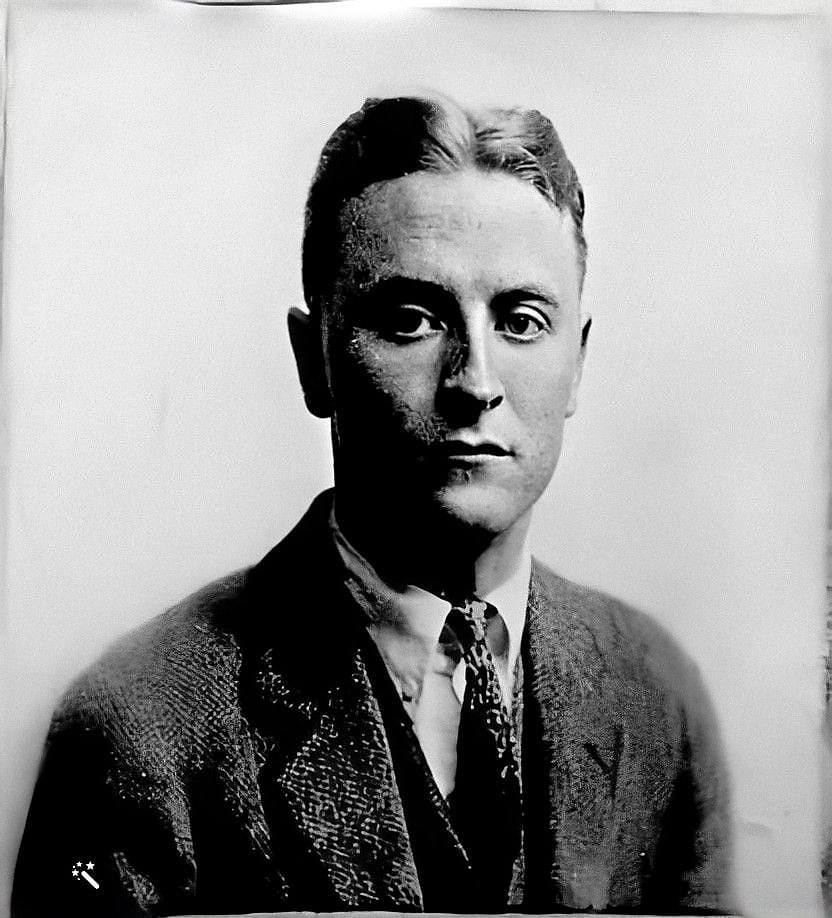
Irving Berlin
Irving Berlin (1888–1989) was an iconic American composer and lyricist, widely regarded as one of the greatest songwriters in American history. A Jewish man born in Russia, he emigrated with his family to New York City to escape persecution when he was a child.
Berlin’s remarkable talent for crafting catchy melodies and insightful lyrics began to emerge in the city’s music scene, and he eventually became one of the foremost figures of Tin Pan Alley, a collection of New York City music publishers and songwriters who dominated popular music in the late 19th and early 20th centuries.
In this passport application form, 33 year old Berlin declared he is about to visit 7 European countries and the British Isles for “theatrical business.” He is described as standing at 5’6″, with a high forehead, brown eyes, a straight nose, a medium mouth, a round chin, black hair, a “dark” complexion, and an oval-shaped face.
Berlin’s prolific career, which spanned over six decades, yielded an estimated 1,500 songs, including timeless classics like “White Christmas” and “God Bless America.” Despite having only limited formal musical education, Berlin’s works have significantly shaped American popular music, earning him numerous accolades and recognition as a national treasure.
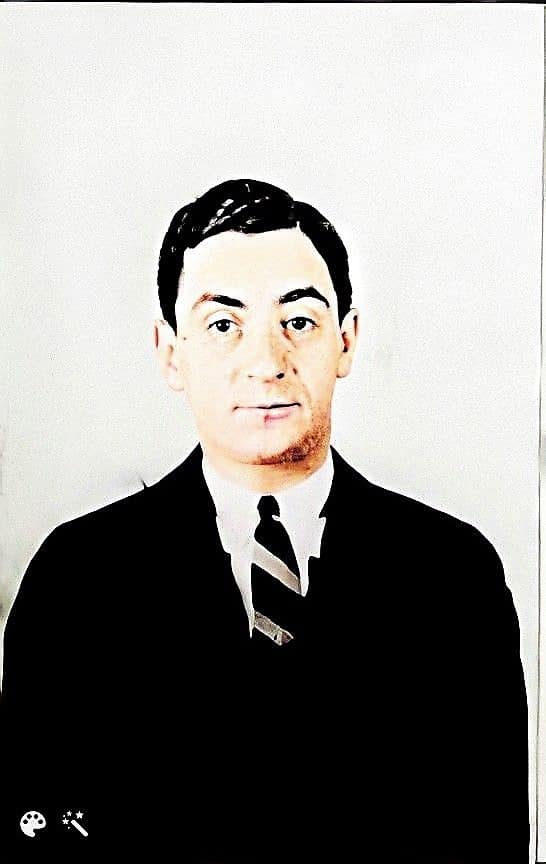
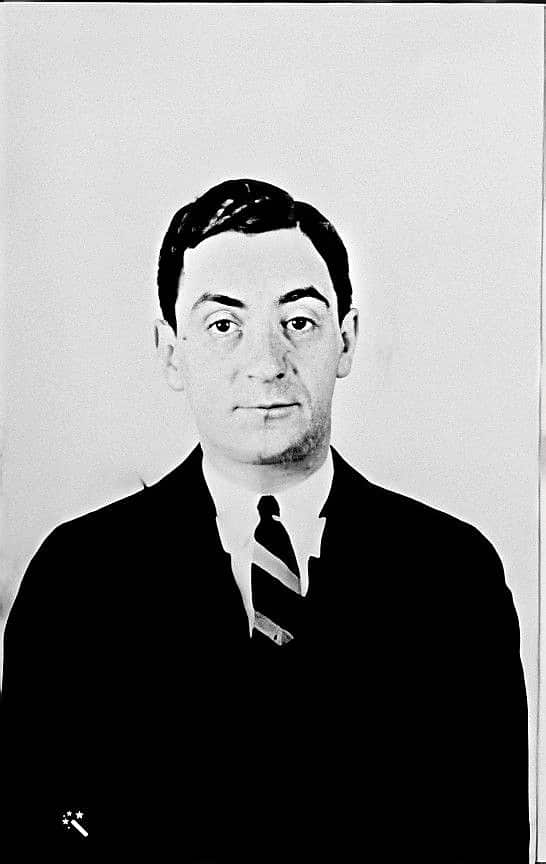
Alexander Graham Bell
Alexander Graham Bell, born on March 3, 1847 in Edinburgh, Scotland, was a renowned inventor, scientist, and engineer most famous for patenting the telephone.
After immigrating to the United States in 1871, Bell dedicated much of his career to studying acoustics and teaching the deaf, influenced by his mother’s and wife’s deafness.
His invention of the telephone in 1876 revolutionized global communication, but beyond the telephone, Bell made noteworthy contributions to areas such as aeronautics with the development of the tetrahedral kite, and optical telecommunications through his invention of the photophone (an instrument that transmits sound on a beam of light). He also co-founded the National Geographic Society in 1888, and served as its president from 1896 to 1904, transforming it into a notable scientific institution.
Bell applied for a passport renewal in April 1917, and declared he was about to visit Canada for “personal business.” The person who identified him, as part of the procedure, was his son-in-law, Gilbert Hovey Grosvenor, the husband of Elsie May Bell and at the time the president of the National Geographic Society. The application describes him as 6 feet tall, with a high forehead, brown eyes, a large nose, a small mouth surrounded by a beard, a round chin, white hair, a fair complexion, and a “medium” face.
5 years later, on August 2, 1922, Prof. Bell passed away at his private estate in Nova Scotia, Canada, leaving a lasting legacy in modern communication technology.
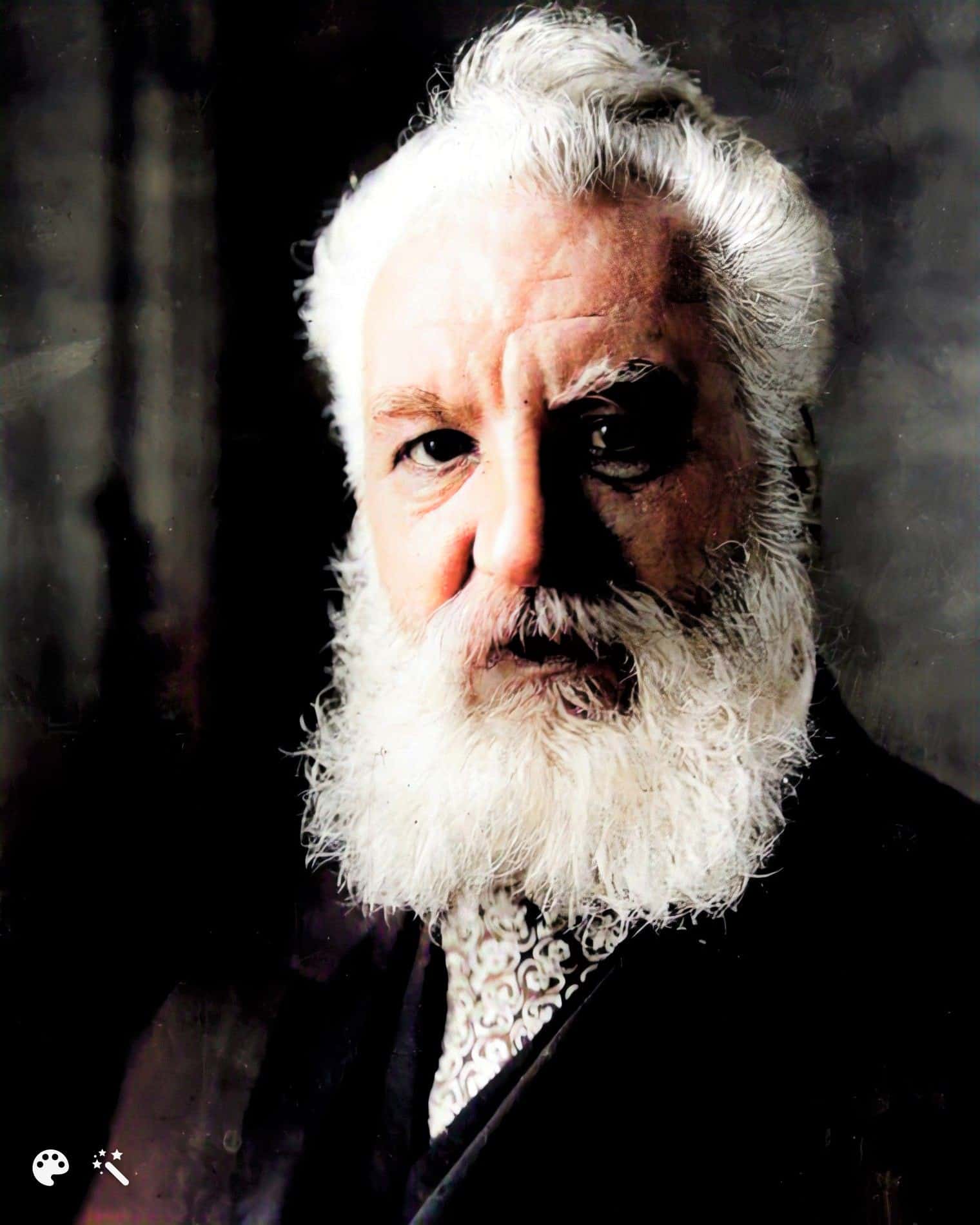
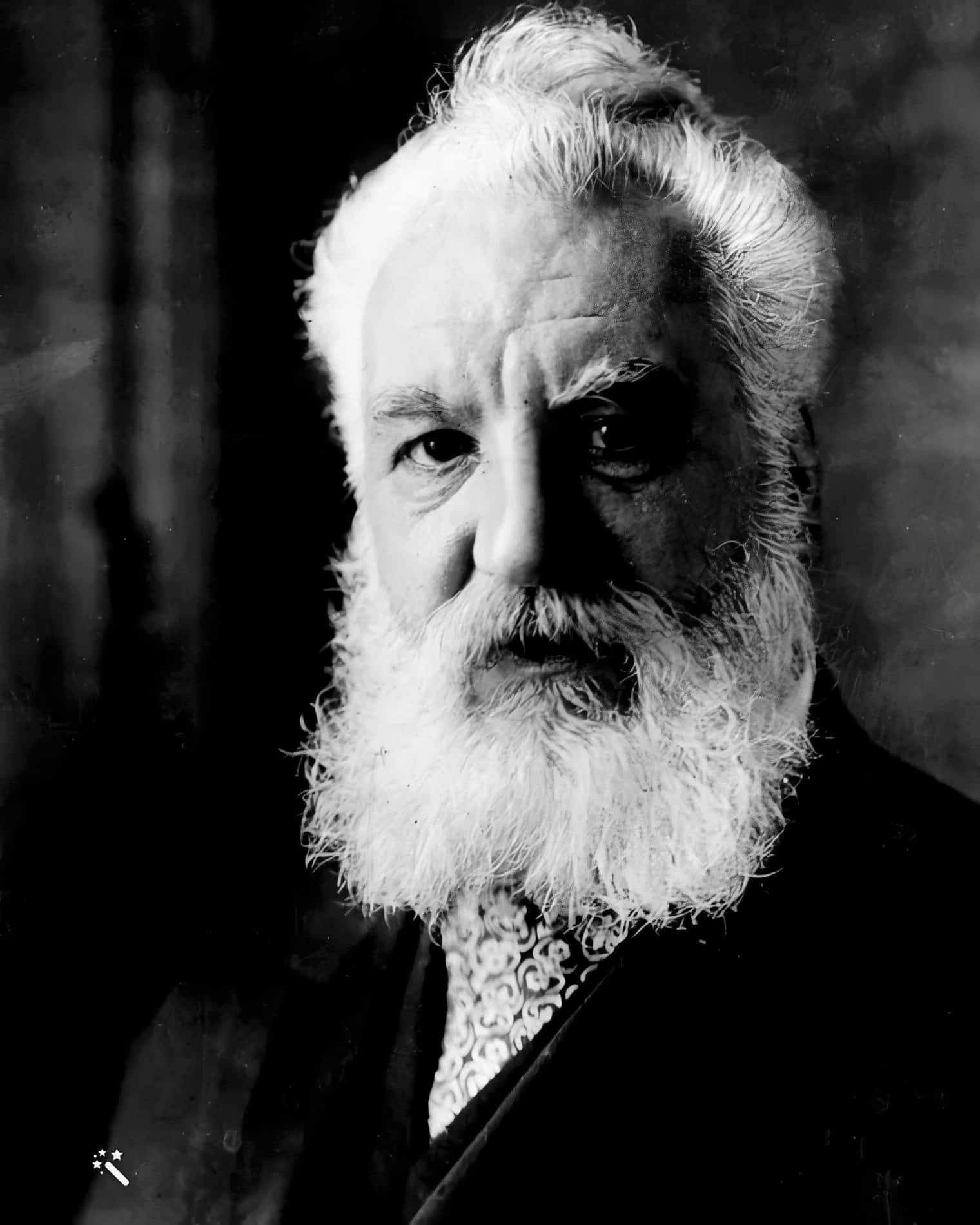
Even if your ancestors were not famous writers or inventors, there’s still a great chance you can find a beautifully detailed record about a family member in this collection! Search United States Passport Applications, 1795–1925 on MyHeritage now and find out.
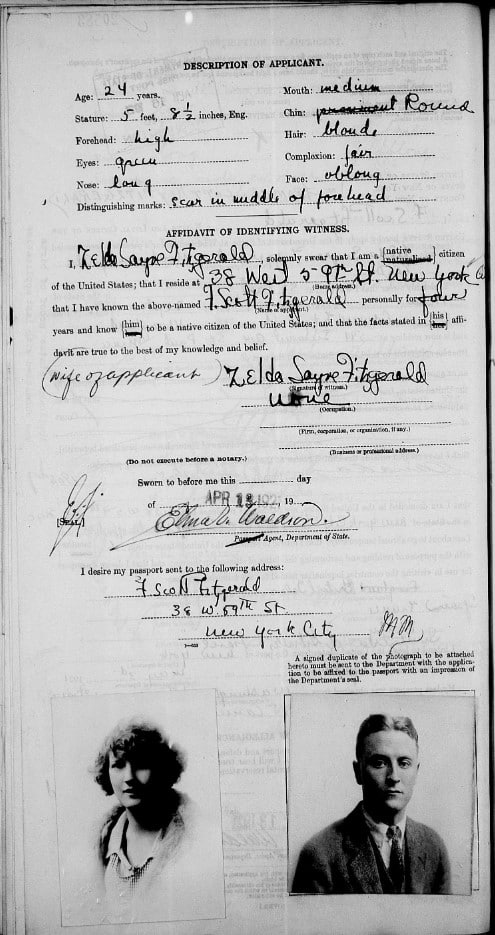
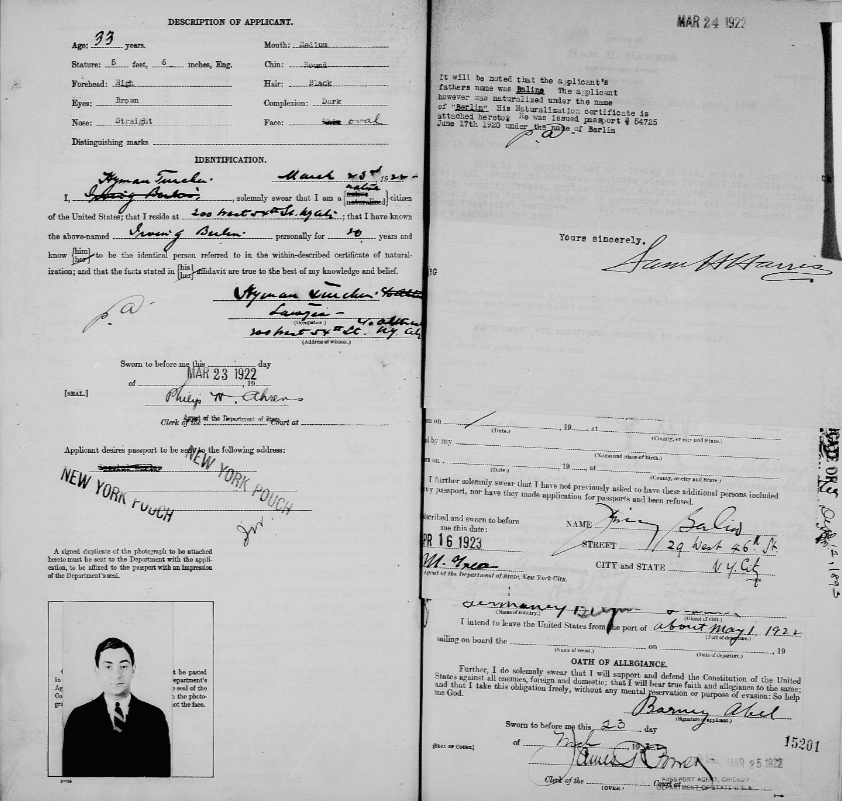
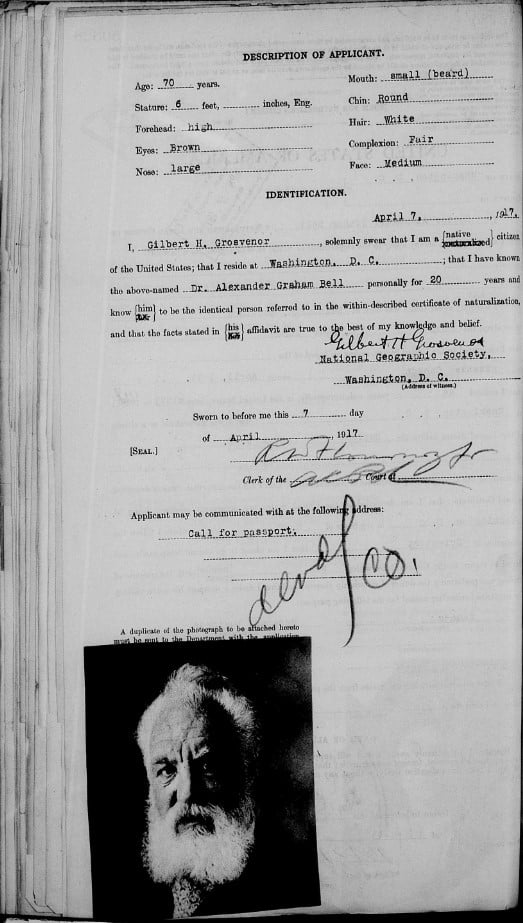


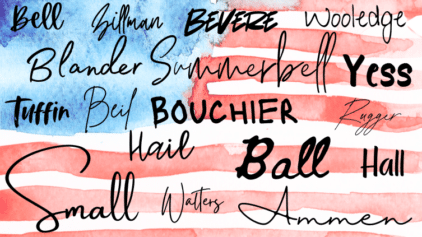
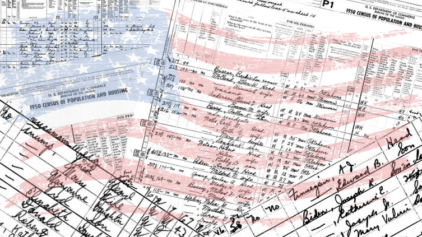
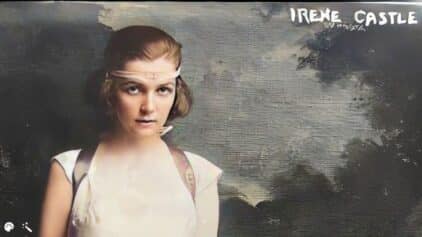
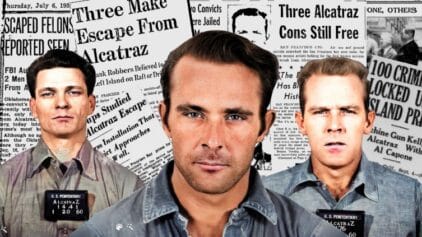




Patsy
January 4, 2024
I love all of the great info that I have learned about my family connections. THANKS my HERITAGE!!!